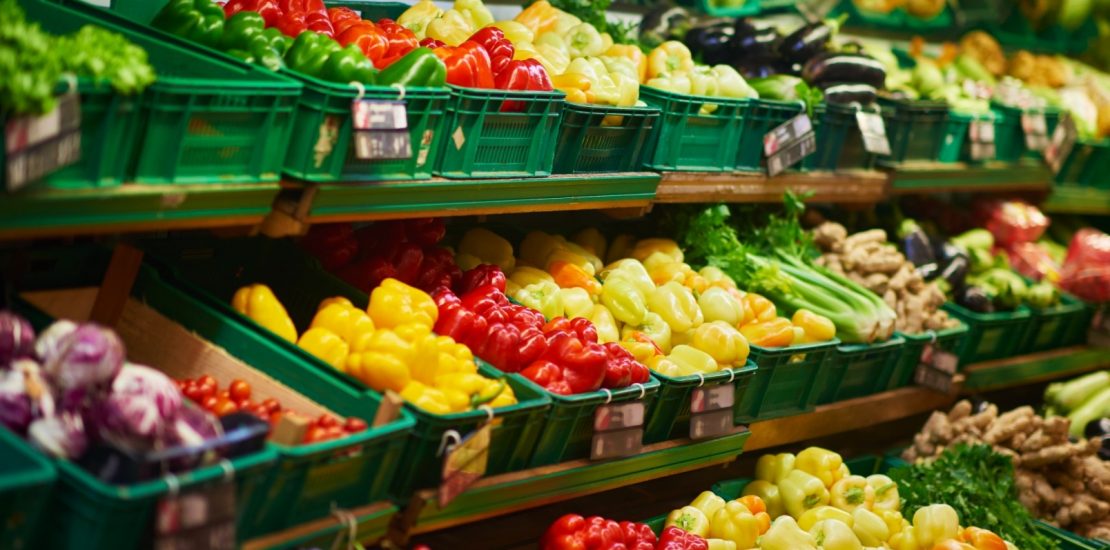
Yesterday we published a video of an experiment comparing prices from the March 2021 to the receipt with current prices. World of NAN Analyst decided to take a look at price growth from official statistics in the capital and compare it to the price growth in our experiment.
Unfortunately, there are several problems that do not allow a full comparison, our expert believes. First, the lack of complete data for 2023. Since the transition to the new website, the National Statistics Bureau stopped publishing price data in full. Therefore, for some products we compare the prices of March 2023 with March 2021, and for some - December 2022 with December 2020, assuming that these three months will not play a big role. Second, not all items are represented on the official list. And third, assumptions were made for two products. We compare the official increase in the price of beef with the increase in the price of minced meat from the experiment, and we compare the official increase in the price of solid toilet soap with the increase in the price of liquid soap from the experiment.
What do we get from the results of the comparative analysis, you may ask. For three products - minced meat, carrots and oranges, the difference in growth was small: up to 7%. Shampoo and soap also showed a small difference: 10% and 11%. For these commodities (except for oranges), the price increase in the experiment was lower than officially announced by the Bureau of Statistics. The situation was the same with apples, which officially rose in price by 16%, while in our experiment they fell in price by 6%.
But for other goods the difference is quite large. Chicken meat went up in price by 80% in our experiment, but officially only by 37%. A similar situation with milk: 77% vs. 33%, and apricots: 169% vs. 125%. First-grade wheat bread officially rose in price by 23%, while in our experiment the price of an ordinary flatbread rose by 52%.
Well, the biggest difference was made by lemon, officially the price of lemon in Astana rose by 38%, whereas in our experiment it went up as much as 133% in two years.
In conclusion we can say that for these 11 goods the average difference between the growth rates was 28%. That is, overall our statistics missed by 28%, no matter which way. If we look at the miss side, it turns out that the average official price increase is 20% less than it was in our experiment. That is, with equal shares for these 11 products, the average price increase on the check was 63%, while the official increase was only 43%. It turns out that for the population, at least for those who visit the supermarket "Magnum", where purchases were made, inflation will be felt almost one and a half times stronger than officially announced by the state. That is the conditional official food inflation of 20%, in fact is felt at least at 30%.
Смотрите больше интересных агроновостей Казахстана на нашем канале telegram,
узнавайте о важных событиях в facebook и подписывайтесь на youtube канал и instagram.



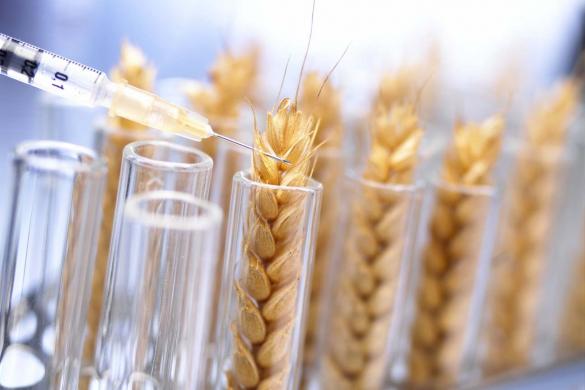
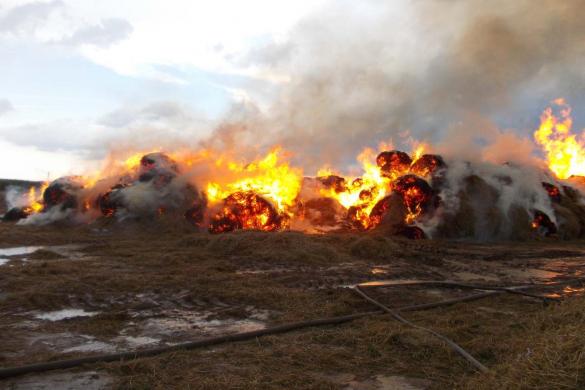

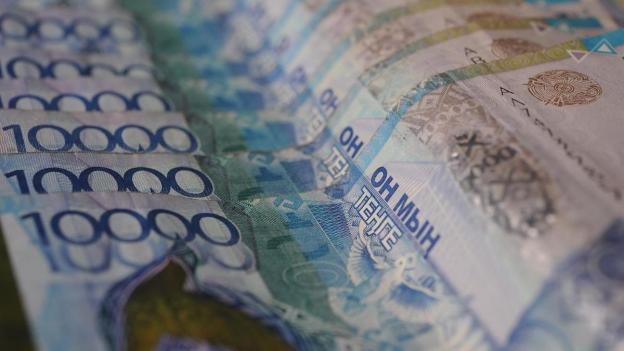







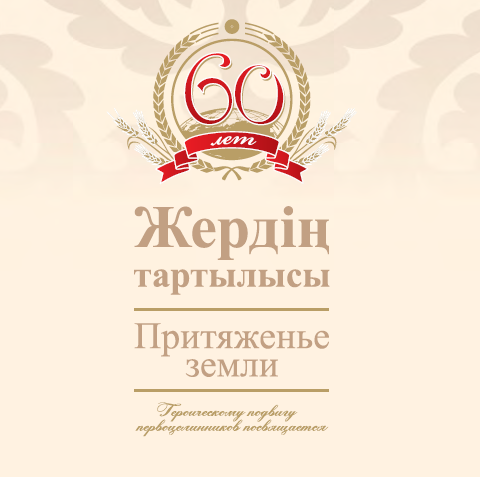






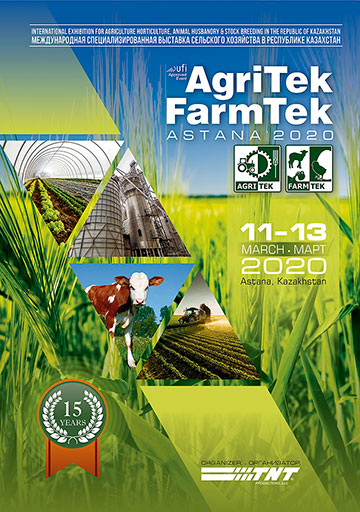




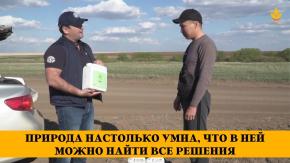





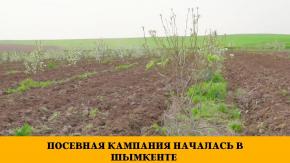






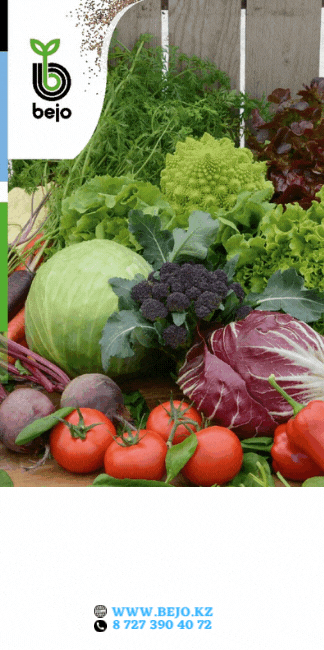

Обсуждение